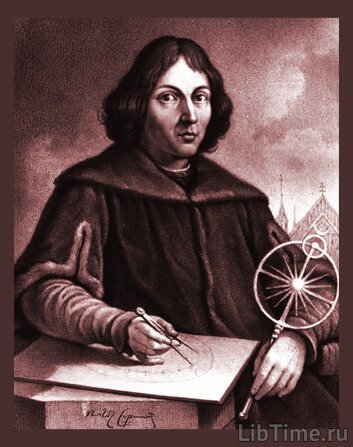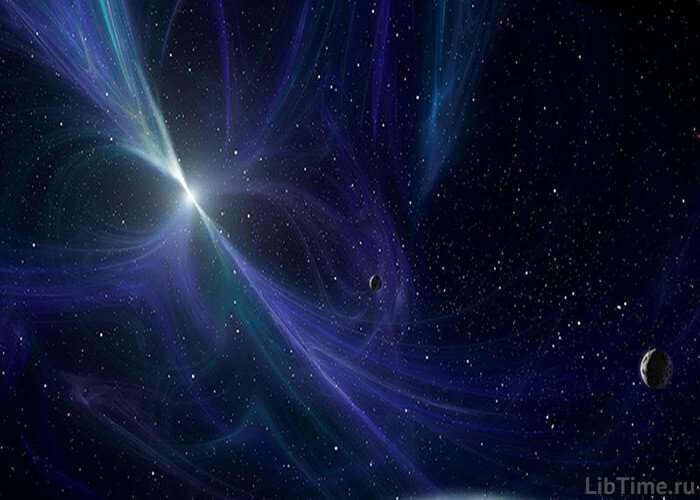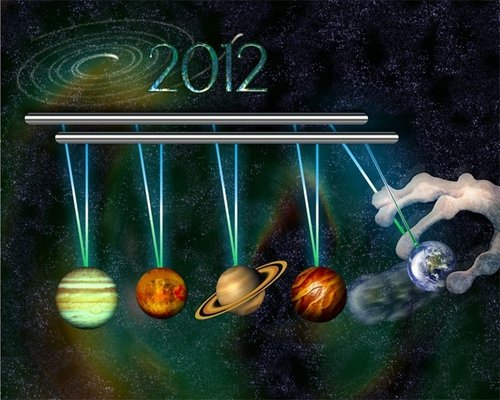Evidence of the Earth's rotation
A striking proof of the Earth's rotation around its axis was the experience with the pendulum of the French physicist Foucault (a long, flexible suspension with a heavy weight on the end), made in 1851 in the Paris Pantheon. 
This experiment is based on the fact that, as we know from physics, a pendulum taken out of its equilibrium position will oscillate all the time in the same direction until it comes to a complete stop.
In other words, a pendulum has the ability to keep the plane of its oscillation unchanged.
A device of simple construction
This property of the pendulum is clearly proved by means of a device of simple construction, which is available to everyone. To do this, take a flexible rod, bend it into an arc and attach the ends to a circle with a diameter of, for example, about 50 centimeters.
To the upper part of the arc to attach a thread with a pebble and give this peculiar pendulum oscillation in some plane. Easily turning the circle, we will notice that the pendulum continues to keep the direction of the plane of its oscillation unchanged.
Observation of the Foucault experiment
When observing Foucault's experiment, viewers can easily verify that the Earth does rotate around its axis; over time, the plane of the Earth under the pendulum is rotated by some angle from the plane of the pendulum's swing, which maintains a constant direction in space.
Angle of rotation of the Earth
The angle of rotation of theEarth relative to the direction of the plane of the pendulum swing differs depending on the latitude of the place where this experience is performed.
At the pole the angle of this deflection will for every hour be 15 degrees, at the equator zero, and in the latitudes of our country from 9 to 14 degrees. The longer the pendulum, the more noticeable becomes the deviation of the plane of the Earth from the plane of its oscillation.
The length of Foucault's pendulum is 60 meters. The pendulum suspended under the dome of St . Isaac's Cathedral in Leningrad is 98 meters long. It swings continuously and with each new swing it confirms the rotation of the Earth.
Consequences of the Earth's rotation
It's also been proven that due to the Earth's rotation:
- A flying projectile is deflected to the right in the northern hemisphere and to the left in the southern hemisphere.
- If the rivers do not flow strictly in the direction of the Earth's parallels, then the rivers in our northern hemisphere are washed up due to the daily rotation of the Earth right banks, and the rivers in the southern hemisphere - left.
- Objects falling from a great height are always "deflected" and necessarily to the east.
This also proves that the Earth rotates around its axis in the direction from west to east. Bodies falling from a height are deflected somewhat to the east because the linear velocity at the top of a tower, for example, is always greater than at the surface of the Earth, and falling, these bodies retain the velocity obtained by them at the initial point of fall.
The peculiarity of the Earth's rotation
Now we are firmly convinced that our Earth rotates like a child's toy - a wolf. Only, of course, we know that the Earth is, in fact, a very large world (celestial) body and does not have a material axis like that of the wolf.
We should pay attention to one more feature of the Earth's rotation. No matter how hard we launch the wolf, sooner or later it will stop rotating and fall.
This happens because the movement of the wolf is always slowed down by the friction force acting on the lower end of its axis on the surface on which it rotates, and the resistance of the air during the movement. The earth, as we already know, is not in contact with any other world body.
It seems to rotate freely in the world space, free from the braking effect of friction and air resistance. It seems to "hang" in the world space.
Therefore, the Earth rotates always with almost the same speed and all in the same direction, from west to east.
In other words, if you look at the North Pole of the globe from somewhere in world space, the Earth rotates in the opposite direction to the clockwise motion.
As a result of the Earth's rotation around its axis, there is a change of day and night. Scientists of the Middle Ages tried to explain this phenomenon, (Read more: Scientists about the rotation of the Earth).
The Earth makes a complete revolution around its imaginary axis in 24 hours (more precisely, in 23 hours 56 minutes and 4 seconds). This period of time is called a day (sidereal), which is accepted by all nations as the basic unit of time measurement.


